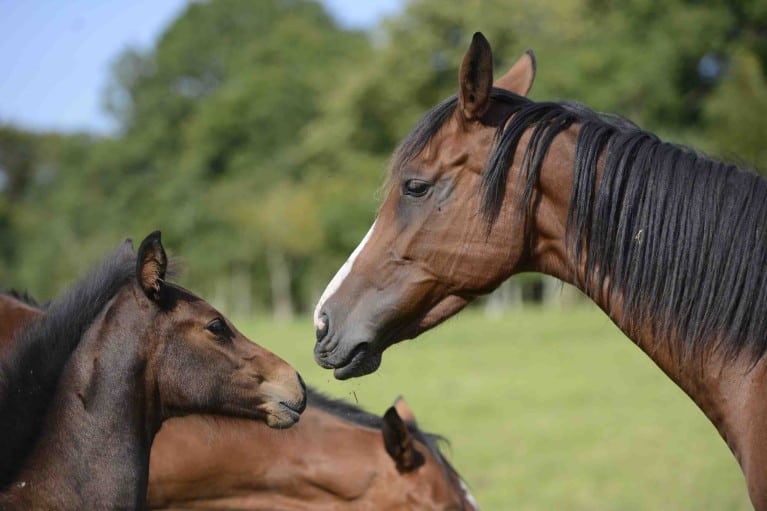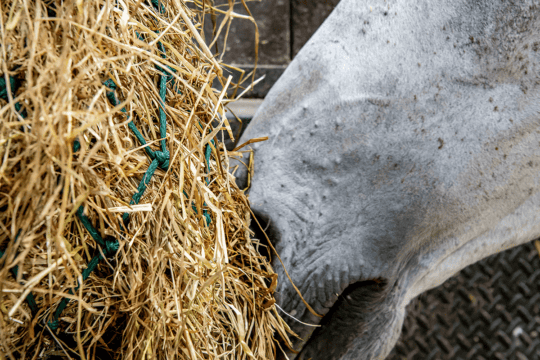Believe it or not, horses have been at the forefront of genetic research and the fascinating findings have changed the way we look at our equine friends

Personality
We’re all guilty of breed stereotyping – we class Thoroughbreds as hot or flighty, cobs as plods and the list goes on. Scientists may have found some evidence that personality is related to genetics and they’re even homing in on the gene that relates to personality. The key is dopamine, a brain chemical that plays an important role in equine social behaviour and personality.
Performance
Could genetics be the key to winning races? An Irish research group is proving some horses are born winners. They’ve uncovered whether a flat racehorse will be most successful as a sprinter, middle-distance or stayer. Dubbed the ‘speed gene’, the myostatin gene is responsible for regulating muscle development in horses and several other species.
Skin disease
Equine skin diseases can be a bit of an enigma – the causes and treatment of many diseases are still unknown. Scientists have made the link between a genetic mutation and the incidence of Hereditary Equine Regional Dermal Asthenia (HERDA), a debilitating skin disease characterised by loose, easily broken skin.
Coat colour
Breeders have a history of using equine genetics to determine the potential colour of a foal. Knowledge of the inheritance of coat colours is important for specific breeding goals, like producing coloured horses or palominos, as well as determining the risk for certain diseases.
Some coloured horses are at risk if they possess the overo pattern – a pattern of white over dark patches. Overo lethal white syndrome, also known as ileocolonic aganglionosis, is a fatal disease in foals caused by a mutation in the EDNRB gene which disrupts the development of myenteric nerve cells, which enervate the smooth muscle of the gut, in the womb.















